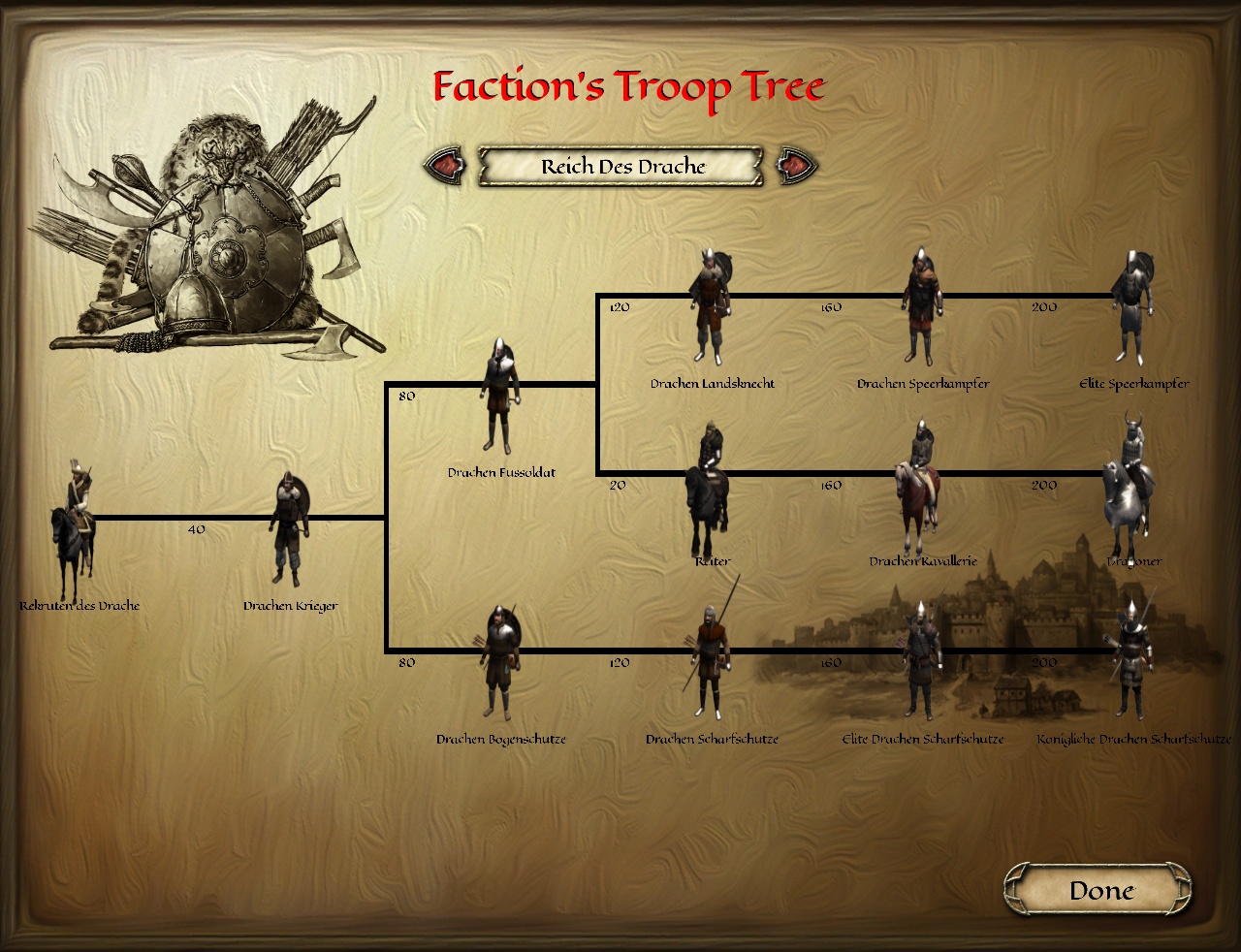
Such were the disasters and the embarrassments that, although the Roman historians justified the campaigns as retribution for Cantabrian incursions into the Roman-controlled Meseta Central, there must have been a certain lust after Asturian gold and Cantabrian iron as well. Roman troops even lost one of their standards to them, an extremely grave event. With all these antecedents, the Cantabrians began to be known throughout the Roman Empire. According to Julius Caesar's testimony, there were Cantabrians at the battle of Ilerda in 49 BC. It is also believed that there were Cantabrian troops present in the Sertorian Wars. Additionally, there is evidence that they fought alongside the Vaccaei in 151 BC, and helped break the Roman siege of Numantia. There are accounts, for instance, of Cantabrians in the army of Hannibal during the Second Punic War. In this way, in the years preceding the wars in Cantabria and Asturias, the Roman military became familiar with the warlike characteristics of the peoples of northern Hispania. The Cantabri first appear in history during earlier wars in Iberia, where they served as mercenaries on various sides. Livio Bellorum omnium annorum DCC Libri duo (Bellum Cantabricum et Asturicum)

The major fighting was completed in 19 BC, although there were minor rebellions until 16 BC and the Romans had to station two legions there for seventy more years. Īugustus moved to Segisama (modern Sasamon, Burgos) in 26 BC to supervise the campaign in person. These warlike peoples fiercely resisted Roman domination ten years of war and eight legions with their auxiliary troops - more than 50,000 soldiers in total - were needed to subdue the region. The Cantabrian Wars (29–19 BC) ( Bellum Cantabricum), sometimes also referred to as the Cantabrian and Asturian Wars ( Bellum Cantabricum et Asturicum), were the final stage of the two-century long Roman conquest of Hispania, in what today are the provinces of Cantabria, Asturias and León in northwestern Spain.ĭuring the reign of Emperor Augustus, Rome waged a bloody conflict against the Cantabri and the Astures, the last independent Celtic nations of Hispania.


 0 kommentar(er)
0 kommentar(er)
